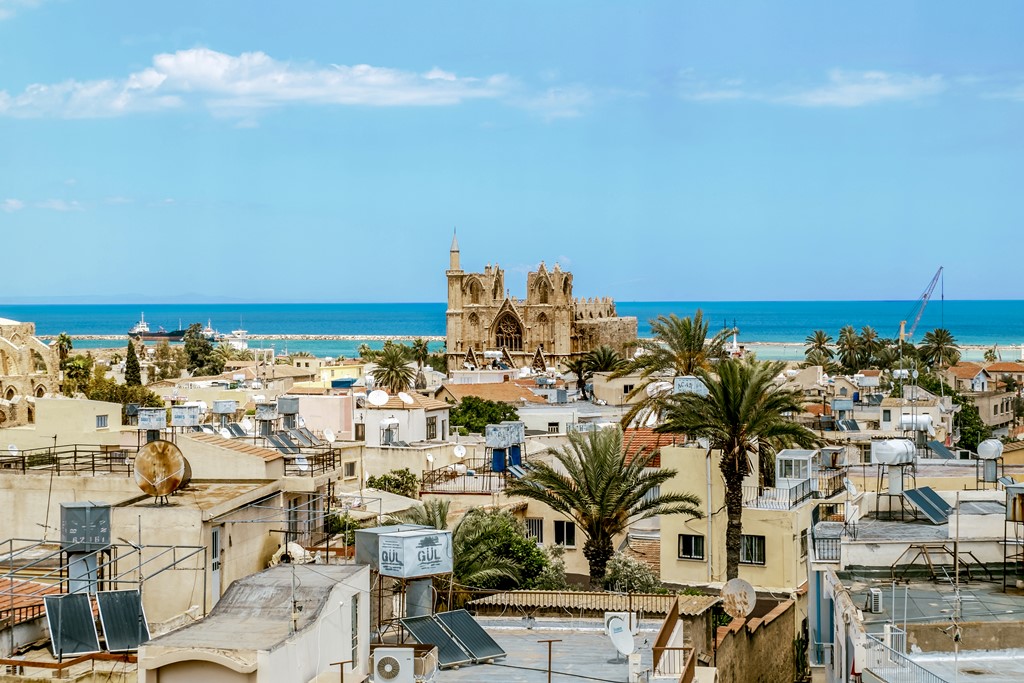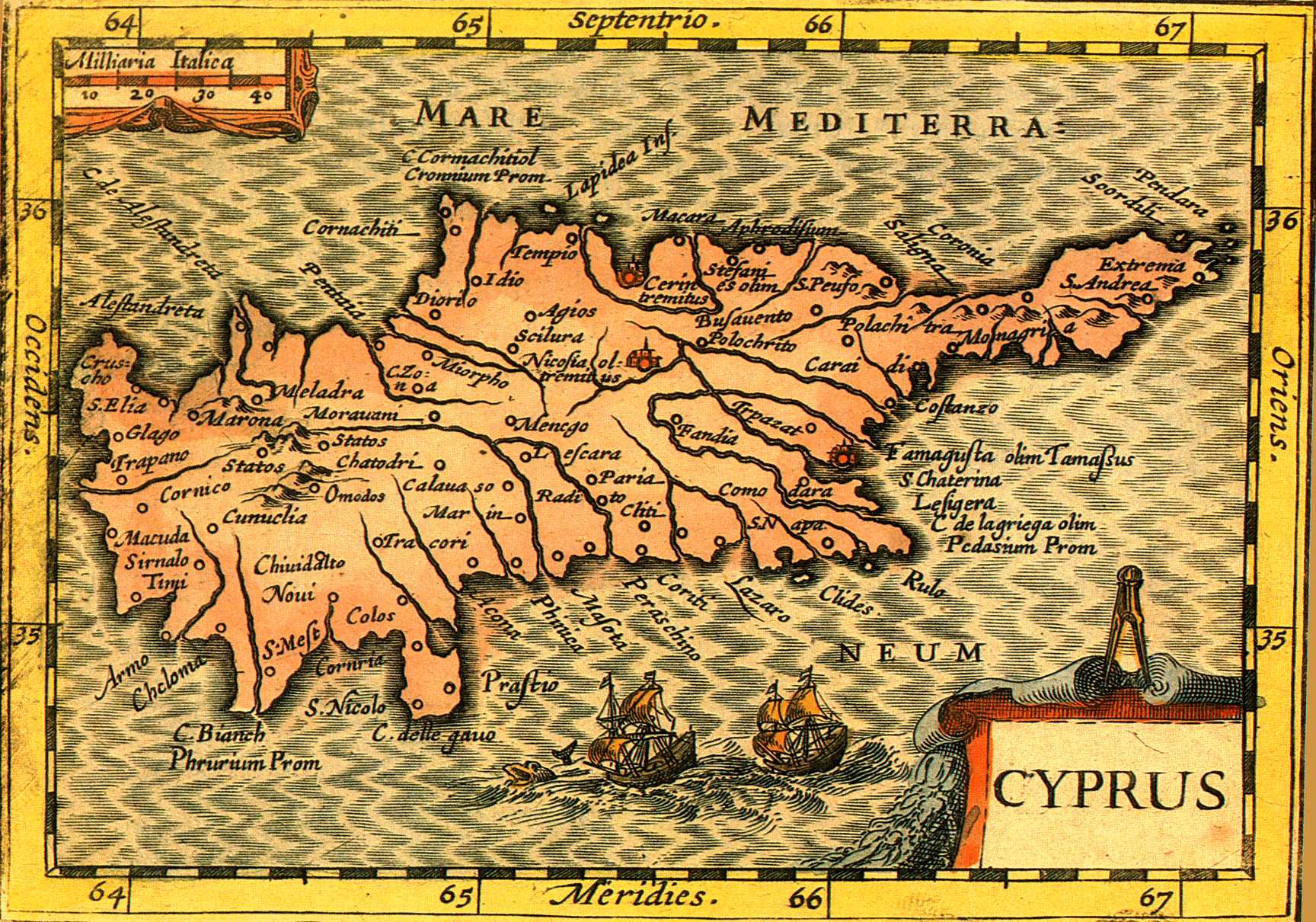Introduction
Ammochostos, better known by its medieval name of Famagusta, is on the east coast of Cyprus, in the north section of the island, which has been occupied by the Turkish forces since 1974. Before the Turkish invasion, the town of Famagusta had a population of around 40,000 and was the third largest town on the island, the main port, and stood out for its success in the tourist sector. The rapid growth in tourism and the town’s general economy resulted in Famagusta becoming known as the most important city for cultural development, as it was the main centre for culture on the island. Since August 1974, Famagusta has remained within the occupied territory on a divided island. Visit the Municipality of Famagusta’s official website: http://www.famagusta.org.cy/


Famagusta
Its history from Hellenistic times until late antiquity is closely tied to the nearby ancient town of Salamina: it was founded, with the name of Arsinoi, following the powerful blow suffered by Salamina in a 3rd century BC earthquake, and, for centuries, remained a small settlement in its general area.
The biggest break in the town’s history came with the 3rd Crusade and its domination by the Lusignan dynasty at the end of the 12th century AD. Now, as one of a collection of crusader kingdoms of the Levant (the Lusignans were lords of the Kingdom of Jerusalem, amongst others) the town became an important regional port. In 1291, following the fall of Acre, an important crusader port in Palestine, the Christian populations who sought refuge in Famagusta turned it into a flourishing city and a cultural melting pot. Latins and Greeks, Armenians and Georgians, Orthodox, Catholic, Nestorians and Syroacovites would form the mosaic of society in the town from then on.
By the 14th century, Famagusta, always under the rule of the Lusignans, was one of the main trading centres in the Eastern Mediterranean, and the location for the coronation of the kings of Jerusalem. Many of the city’s historic monuments come from this period, although they underwent significant interventions and remodelling in the following centuries of life in the city. Famagusta came under the control of the Genoans in 1372 and the Venetians in 1489. Despite these adventures, it remained an important trading station.
